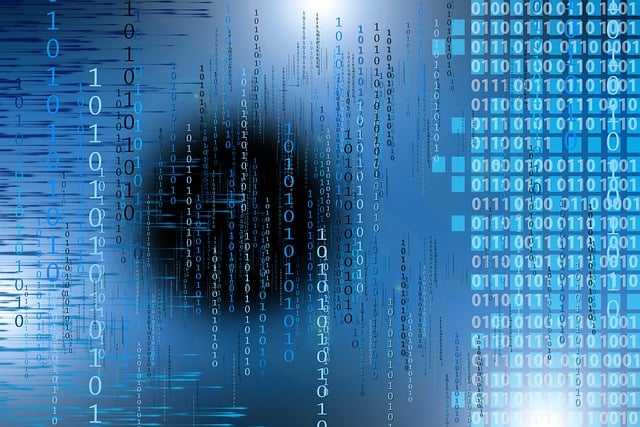AI x Blockchain
Space and Time’s pitch is simple, at least in technological terms. The promise of crypto is that data can be coded directly onto blockchains without the need for intermediaries, meaning it cannot be tampered with or misinterpreted. There does not need to be a bank or broker sitting in the middle who might misrepresent what happened when you send a transaction from one Bitcoin wallet holder to another.
On a high level, Space and Time is tackling that thorny issue of verifiability. Its technology aspires to ensure that when an AI application provides an output, you can confirm where it came from and, ideally, that it’s correct. Blockchain is essentially just a type of database that is theoretically more immune from human meddling.
Of course, with crypto and AI still both in nascent phases, a lot has to go right for this type of technology to achieve widespread adoption. But Space and Time is making enough progress to draw investment from some of the top blockchain venture funds, as well as Microsoft, which is aiming to compete with other so-called hyperscalers like Google and Amazon.
“[Space and Time] has real people building real technology,” said Michael Anderson, cofounder of Framework Ventures. “When you see entrepreneurs like them coming in, it makes you excited about blockchain.”
